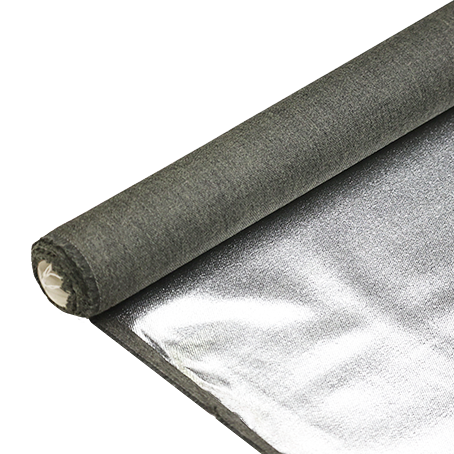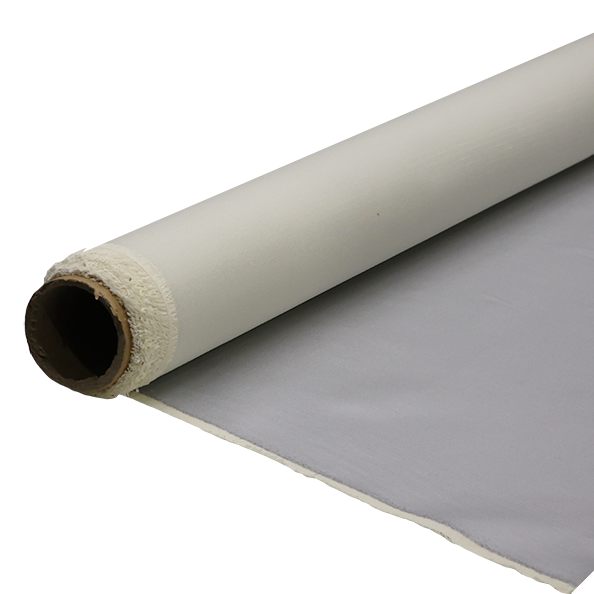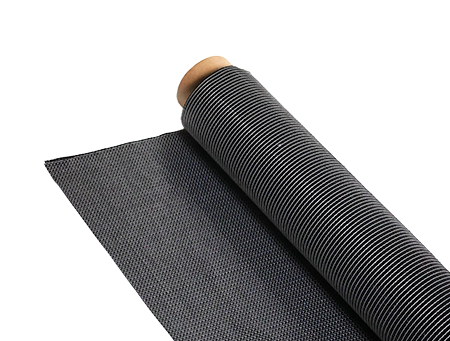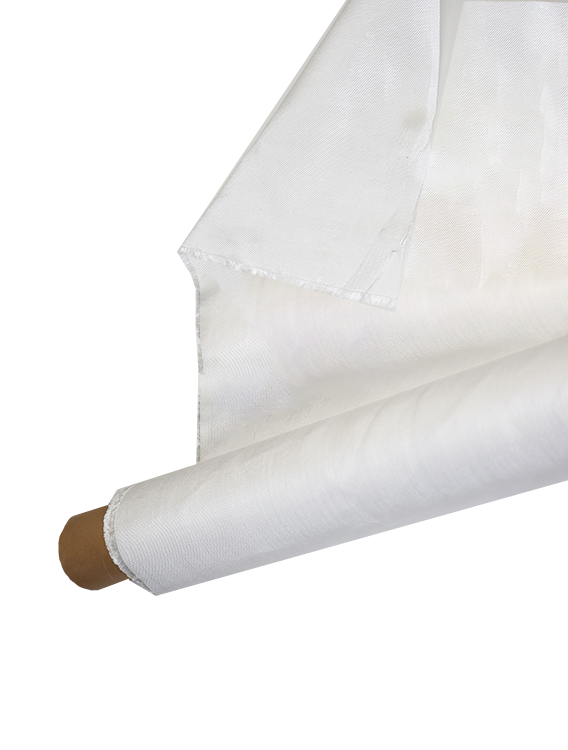Who Invented Kevlar? Discover the Creator’s Identity
-
 Your Composites Expert Carbon Fiber Materials&Products
Your Composites Expert Carbon Fiber Materials&Products -
-1.png?width=686&height=617) Your Composites Expert Aramid Fiber Materials&Products
Your Composites Expert Aramid Fiber Materials&Products -
 Your Composites Expert UHMWPE Materials&Products
Your Composites Expert UHMWPE Materials&Products -
 Your Composites Expert Fiberglass Materials&Products
Your Composites Expert Fiberglass Materials&Products -
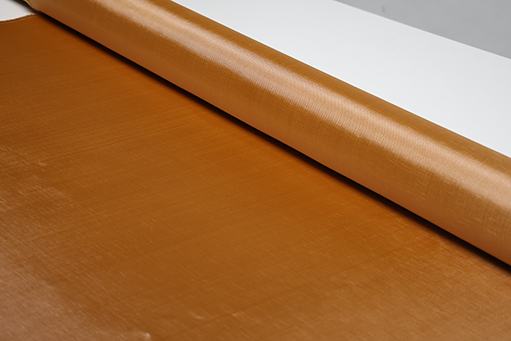 Your Composites ExpertPBO Materials&Products
Your Composites ExpertPBO Materials&Products -
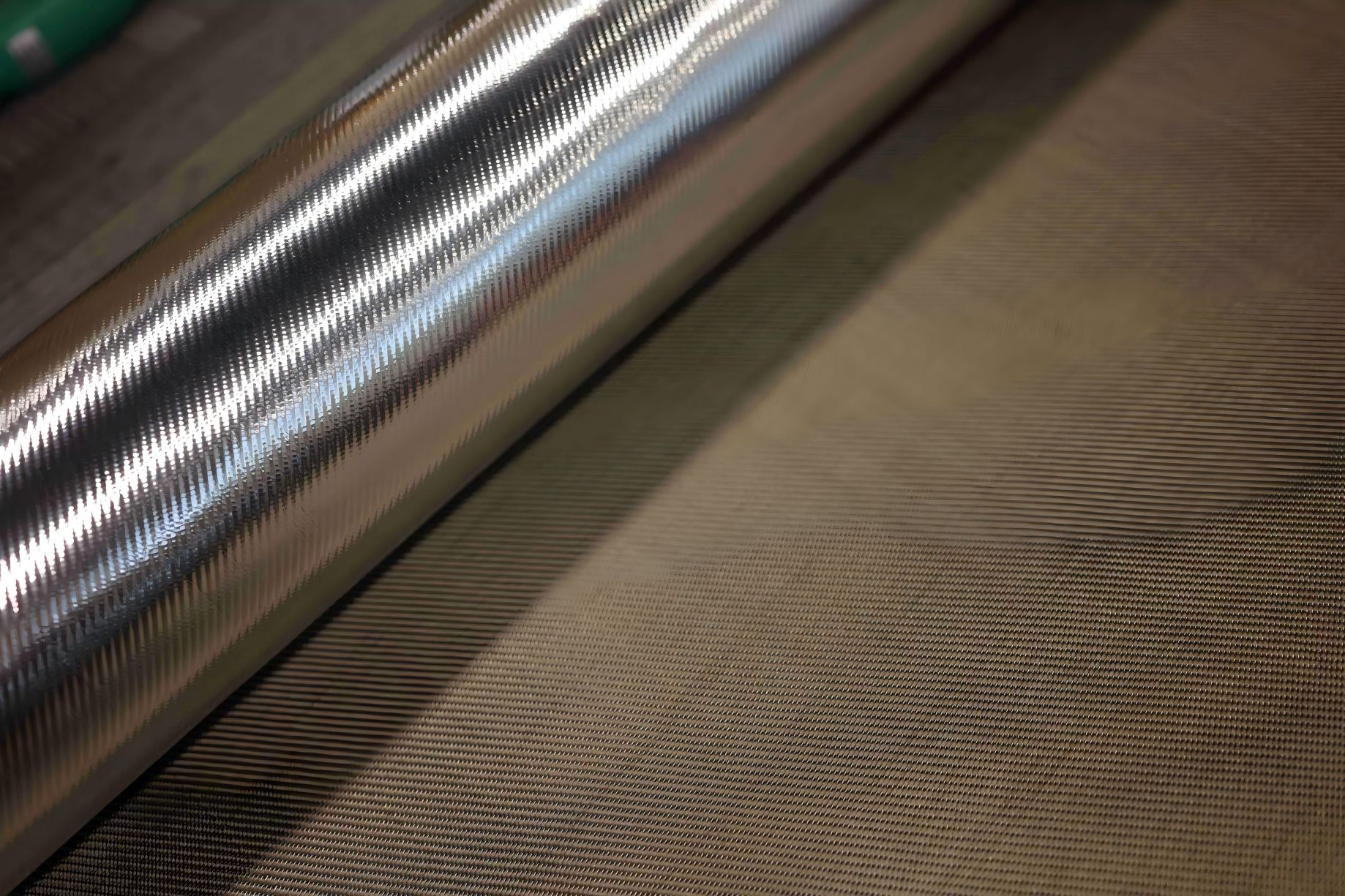 Your Composites Expert Basalt Materials&Products
Your Composites Expert Basalt Materials&Products
If you've ever wondered who invented Kevlar, the remarkable material used in body armor, racing sailboats, and even mobile phone cases, you're not alone. The creator's identity may surprise you, as their invention revolutionized the materials industry and made possible new advancements in safety and technology.
In this article, we'll explore the origins and history of Kevlar and reveal the identity of the incredible mind who invented it. Join us as we take a closer look at Stephanie Kwolek and her pioneering work on high-strength fibers that changed the world.
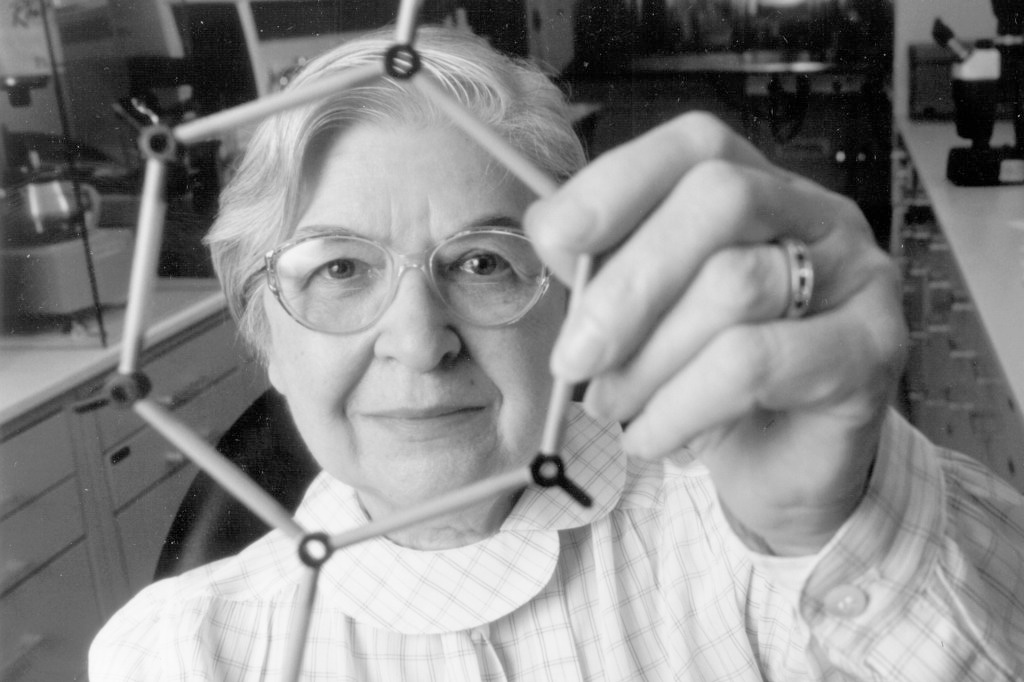
Key Takeaways
- Stephanie Kwolek is the inventor of Kevlar, a high-strength fiber used in various industries, including body armor and aerospace.
- There was a growing need for stronger fibers in several industries, fueling the discovery of Kevlar.
- Stephanie Kwolek's research and experimentation helped her stumble upon the incredible properties of Kevlar.
- Kevlar has had a wide-ranging impact across numerous fields, contributing to advancements in safety and technology.
- Stephanie Kwolek received numerous awards and recognition for her invention of Kevlar, highlighting the significance of her achievements.
The History of Kevlar
Kevlar was invented by chemist Stephanie Kwolek in 1965 while she worked for DuPont. The fiber's roots can be traced back to the need for a lightweight, durable material to replace steel in racing tires. Kwolek's research led her to develop a liquid crystalline solution that solidified when spun, producing a fiber of exceptional strength and stiffness. The result was Kevlar, a synthetic fiber with unparalleled properties.
Initially used in racing tires, Kevlar soon found applications in various industries. The weight-to-strength ratio of this new material was unmatched, making it an excellent choice in high-performance products. The introduction of Kevlar to the body armor industry revolutionized the safety of law enforcement and military personnel. The fiber is five times stronger than steel, yet lighter, making it ideal for creating protective gear that is both effective and comfortable to wear.
Today, Kevlar has gained widespread recognition as a critical material for safety, with its use extending far beyond body armor. It is used in everything from ropes to sporting equipment to aerospace components. The remarkable properties of Kevlar make it clear why Stephanie Kwolek's invention revolutionized materials science, with applications throughout many fields ever since.
The Need for a Stronger Fiber
The demand for stronger materials in various industries has been growing due to the need for increased safety and improved performance. From aerospace to construction, high-strength fibers have become essential for many applications.
The development of Kevlar was a direct response to this growing need. Stephanie Kwolek recognized the importance of creating a material that could offer superior strength and durability, and her pioneering work led to the invention of Kevlar.
Today, the importance of high-strength fibers continues to increase, with advancements in technology and new safety requirements driving demand. As the world continues to evolve, the need for stronger materials will only become more critical.
Stephanie Kwolek: The Inventor of Kevlar
Stephanie Kwolek, a chemist working at DuPont, discovered Kevlar in 1965. Her pioneering work revolutionized the world of materials and gave rise to a new era of high-strength fibers.
Despite initial skepticism from her colleagues, Kwolek persisted with her experiments and stumbled upon the amazing properties of Kevlar. The material's incredible strength and durability made it ideal for applications across a range of industries, from aerospace to law enforcement.
Throughout her career, Kwolek was recognized for her groundbreaking work, receiving numerous awards and accolades. Her legacy lives on in the countless lives that have been saved and protected by Kevlar.
The Discovery Process
Stephanie Kwolek's Kevlar discovery process was the result of years of hard work and experimentation in the DuPont research laboratory. Kwolek was looking for a stronger, lightweight fiber to be used in the tire manufacturing industry when she stumbled upon a unique solution. After repeated experimentation with a variety of polymers, Kwolek found that by dissolving and spinning a specific polymer under certain conditions, she could create fibers with exceptional strength and stiffness. The breakthrough came in the form of Kevlar, a high-performance polymer material that is now used in numerous applications to provide superior protection.
Kwolek's experimentation process involved creating a polymer solution, spinning it in a specific way, and then subjecting the resulting fibers to rigorous testing. Her experimental breakthrough was not only the discovery of the unique properties of Kevlar but also the process of manufacturing it in large quantities to meet the increasing demand for industrial and commercial applications.
Today, Kevlar is often used for its exceptional tensile strength and resistance to wear and tear. It is perfect for use in manufacturing bulletproof vests, helmets, and other protective gear. This incredible material has saved countless lives over the years, and it all began with Stephanie Kwolek's ingenious discovery process!
The Impact of Kevlar
Since its invention, Kevlar has had a significant impact on numerous industries, providing strength, durability, and protection where it was previously lacking. Perhaps best known for its use in body armor, Kevlar has also found application in a variety of other areas.
In the automotive industry, Kevlar is used to make tires, fan belts, and other such parts. It has also found use in the field of construction, where it has been employed to create stronger, lighter, and more resilient buildings. Additionally, Kevlar is used in the manufacture of sports equipment, including helmets and sports shoes.
Beyond its practical applications, Kevlar has had a considerable impact on technology and innovation. The development of Kevlar has led to advancements in high-strength fibers, leading to new possibilities in fields such as aerospace and robotics.
It is clear that Kevlar has had a profound impact on several industries and will continue to do so in the future. Its unique properties and durability have made it an indispensable material in a variety of fields, shaping the future of technology and safety.
Awards and Recognition
Stephanie Kwolek's groundbreaking invention of Kevlar has earned her numerous awards and honors, cementing her legacy as a pioneering chemist. Among the most notable accolades is the National Medal of Technology, which Kwolek received in 1996 from then-president Bill Clinton. The prestigious award is the highest recognition for technological innovation in the United States and showcases Kwolek's significant contributions to the field.
| Award | Year | Organization |
|---|---|---|
| Perkin Medal | 1995 | SCI |
| Industrial Research Institute Achievement Award | 1995 | IRI |
| Women's Hall of Fame Induction | 2003 | National Women's History Museum |
Kwolek was also inducted into the National Inventors Hall of Fame in 1995, recognizing her as one of the most innovative minds in American history. Her groundbreaking work on Kevlar continues to inspire future generations of scientists and researchers, leaving an enduring legacy in the world of science and technology.
Kevlar's Legacy and Future Developments
Stephanie Kwolek's invention of Kevlar revolutionized the high-strength fiber industry and had far-reaching applications in various sectors. Kevlar's legacy has been lasting, enabling significant advances in safety and technology.
Looking ahead, the future of Kevlar provides exciting possibilities for further developments and innovations. Current research is focusing on enhancing Kevlar's properties, making it stronger, more lightweight, and increasingly versatile.
The future of Kevlar may also include broader applications in the infrastructure domain, such as lightweight materials in construction and infrastructure development. Kevlar could help make structures and buildings safer, better equipped to withstand natural disasters and other challenges.
Kevlar's Advancements
| Year | Development |
|---|---|
| 1965 | The first Kevlar patent registered, creating a new class of high-performance materials |
| 1972 | Kevlar introduced in the market and used in racing tires |
| 1976 | Kevlar used in bullet-resistant vests |
| 1987 | Kevlar used in the first vehicle armor |
| 1995 | Kevlar KM2 introduced, 20% stronger than regular Kevlar |
| 2012 | DuPont introduces Kevlar XP, which is softer and more flexible |
The advancements of Kevlar over the years have been significant, starting from racing tires and gradually expanding to various industries. The latest Kevlar models are more durable and flexible, creating the possibility to integrate into a wide range of new applications.
The future of Kevlar seems to hold great promise, with its versatility and strength offering numerous benefits to various industries. The legacy of Stephanie Kwolek and her revolutionary invention, Kevlar, will continue to shape and inspire advancements in materials science for the years to come.
Conclusion
In conclusion, Stephanie Kwolek's invention of Kevlar not only revolutionized the field of high-strength fibers but also paved the way for advancements in safety and technology. Her remarkable contributions to science and innovation earned her numerous accolades, including the National Medal of Technology and the Perkin Medal.
Kwolek's groundbreaking research and experimental breakthrough showcased her exceptional talent and dedication to scientific progress, leaving a lasting legacy in the world of materials. Kevlar's applications have been far-reaching, from protective gear for law enforcement and military personnel to use in sporting goods, aerospace, and industrial products.
Stephanie Kwolek will always be remembered as a visionary inventor and a role model for women in STEM. Her legacy inspires future generations to pursue scientific breakthroughs and make incredible contributions to society, propelling humanity toward a brighter future.


